Beyond classroom walls lies a world of exploration waiting to be revealed. Field trips serve as powerful educational tools that connect abstract concepts to tangible experiences, igniting curiosity and creating meaningful connections that textbooks alone cannot provide.
This comprehensive guide presents diverse excursion options spanning science, history, arts, and outdoor activities – each designed to complement curriculum goals while delivering memorable encounters.
From animal shelters to lantern festivals, these carefully curated outings offer students opportunities to witness real-world applications of classroom theories, develop social skills, and gain perspectives that expand their worldview.
Whether you’re seeking budget-friendly local visits or planning more elaborate expeditions, you’ll find detailed information on costs, duration, and educational benefits to help craft the perfect out-of-school learning experience for your students.
What Makes a Good Field Trip?
A good field trip masterfully weaves education with enjoyment, embedding classroom concepts in real-world contexts that create enduring memories.
These excursions must feature clear learning objectives aligned with curriculum standards while offering hands-on engagement impossible to replicate within school walls.
The most effective outings ignite natural curiosity. They prompt students to ask questions, observe critically, and interact authentically with new environments and experts.
Well-designed field trips accommodate diverse learning styles and abilities, ensuring every student can participate meaningfully.
The best field trips conclude with opportunities for reflection, allowing students to process their observations, connect experiences to classroom knowledge, and solidify new understandings through discussion or creative expression.
Field Trip Safety Tips
Safety demands meticulous planning before any field trip begins. When feasible, conduct pre-trip site visits to identify potential hazards, accessibility concerns, and optimal learning locations.
• Establish appropriate adult-to-student ratios based on age groups and destination complexity. Keep in mind to:
• Clearly communicate behavioral expectations to all participants before departure.
• Equip chaperones with student medical information and emergency protocols.
• Implement buddy systems and use distinctive identification for group recognition.
• Conduct regular head counts and establish clear meeting points at each location.
Assign specific responsibilities to each supervising adult to ensure comprehensive supervision. Teach students to immediately report if they become separated from the group and prepare contingency plans for common scenarios, including inclement weather, transportation delays, or medical emergencies.
Document all safety procedures thoroughly, sharing them with all supervising adults well before departure day to ensure everyone understands their role in maintaining student safety throughout the excursion.
Essential Items or Equipment
Every successful field trip requires careful consideration of the necessary equipment to ensure safety, comfort, and educational value. These essentials are a must:
• Comprehensive first aid kit with necessary medications and supplies
• Complete student emergency contact information for every participant
• Reliable communication devices for all supervising adults
• Weather-appropriate clothing and protective items for outdoor activities
• Comfortable, secure footwear suitable for the day’s planned activities
Individual water bottles prevent dehydration, while hand sanitizer and tissues address basic hygiene concerns throughout the day.
Depending on the location and planned activities, additional items like insect repellent, trash bags, and personal identification may prove indispensable for specific destinations.
Documentation tools enhance the educational experience significantly. Cameras allow students to capture visual records, while journals or worksheets provide structured ways to record observations and reflections.
Consider bringing clipboards for outdoor writing activities. Encourage students to carry supply bags or backpacks to manage their personal items independently, fostering responsibility while keeping essential supplies accessible.
Engaging and Educational Field Trip Ideas for Hands-On Learning
1. Animal Shelter Visit

A visit to a local animal shelter allows students to learn about animal care, adoption processes, and the responsibilities of caring for pets.
Students can interact with animals and understand the impact of animal shelters on the community. This hands-on experience helps foster empathy and responsibility towards animals.
- Cost per head: $0-$5
- Duration: 1–2 hours
2. Archery Range Experience
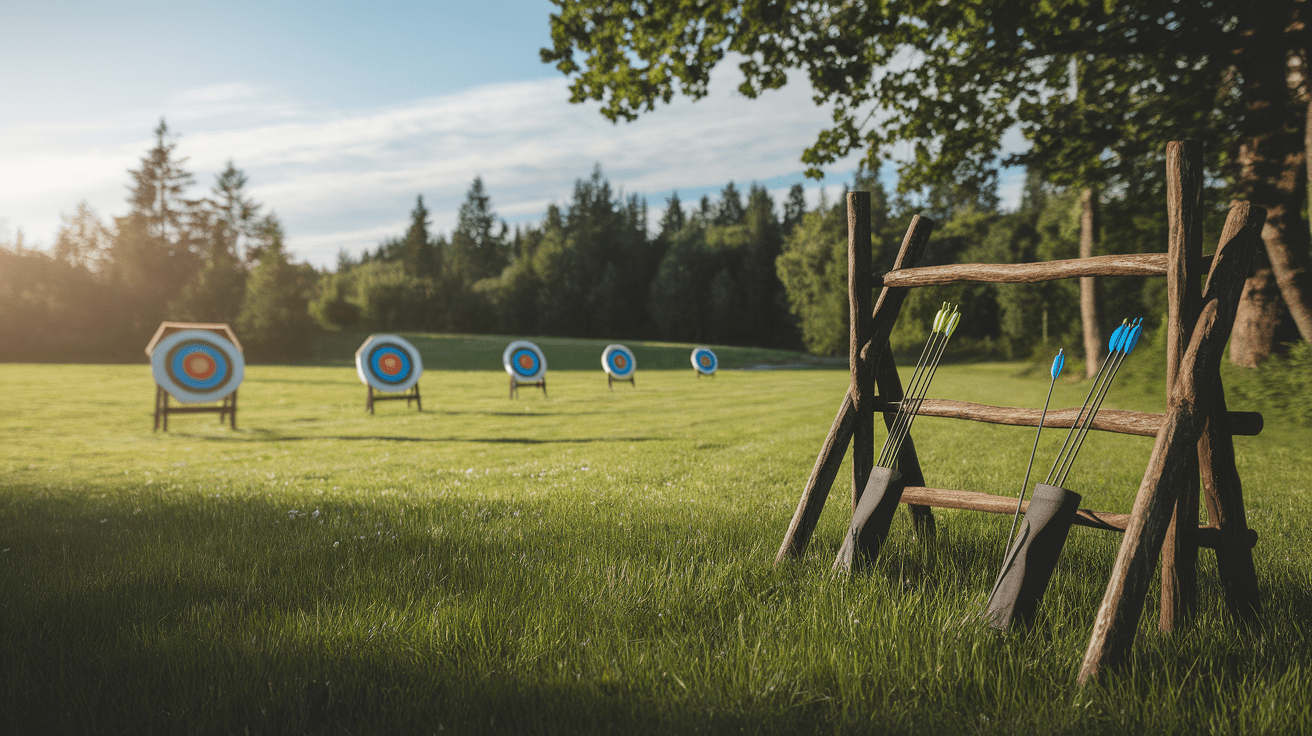
At an archery range, participants can learn the basics of shooting arrows while improving their focus and hand-eye coordination.
Instructors provide guidance on safety and techniques, making this a fun and educational experience. It’s a great way to introduce students to a new sport and challenge their precision in a controlled, supervised environment.
- Cost per head: $15-$25
- Duration: 2 hours
3. Art Museum Exploration

A trip to an art museum allows students to study various forms of art, from classical paintings to modern sculptures.
Students can engage with different artistic movements, learn about history through art, and discuss the creative process.
This field trip encourages students to think critically and creatively about art while developing an appreciation for cultural expression.
- Cost per head: $12-$17
- Duration: 2–3 hours
4. Astronomy Night at an Observatory

Students can experience the wonders of space during the night at an observatory. Guided by experts in the field, they will use telescopes to view stars, planets, and other celestial bodies.
This is a unique opportunity for students to understand the universe beyond our planet and learn about astronomical concepts like light years, constellations, and space exploration.
- Cost per head: $10-$13
- Duration: 2 hours
5. Beach Cleanup and Nature Walk
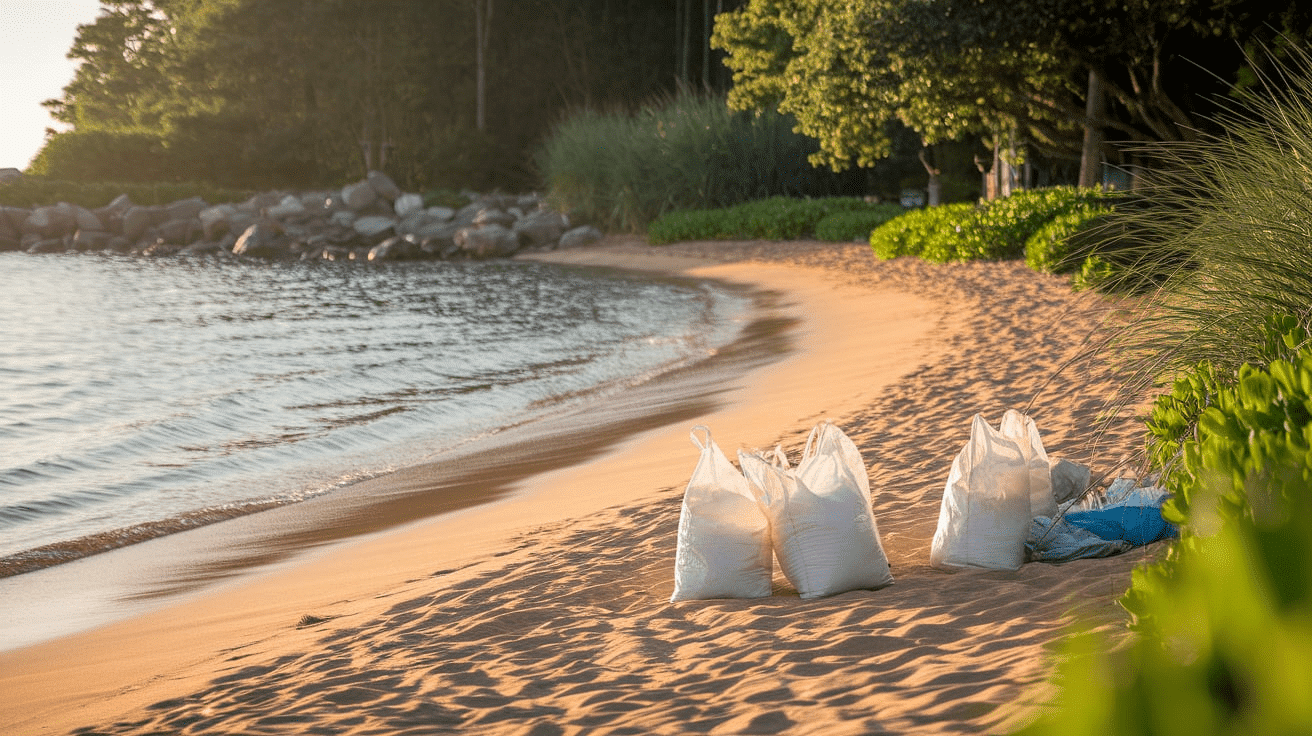
Combine environmental education with outdoor exercise by organizing a beach cleanup followed by a nature walk.
Students will learn about the effects of pollution on marine life and ecosystems while contributing to the conservation of the environment.
The walk offers the chance to probe coastal habitats, observe local wildlife, and learn about the importance of preserving natural resources.
- Cost per head: $0-$5
- Duration: 2–3 hours
6. Botanical Garden Tour

A visit to a botanical garden allows students to probe a variety of plant species and learn about their roles in the ecosystem.
They’ll gain insights into conservation practices and how plants support both human life and the environment.
Students can engage in hands-on activities like planting and learn about the importance of biodiversity in different climates.
- Cost per head: $8-$10
- Duration: 1–2 hours
7. Cave Exploration
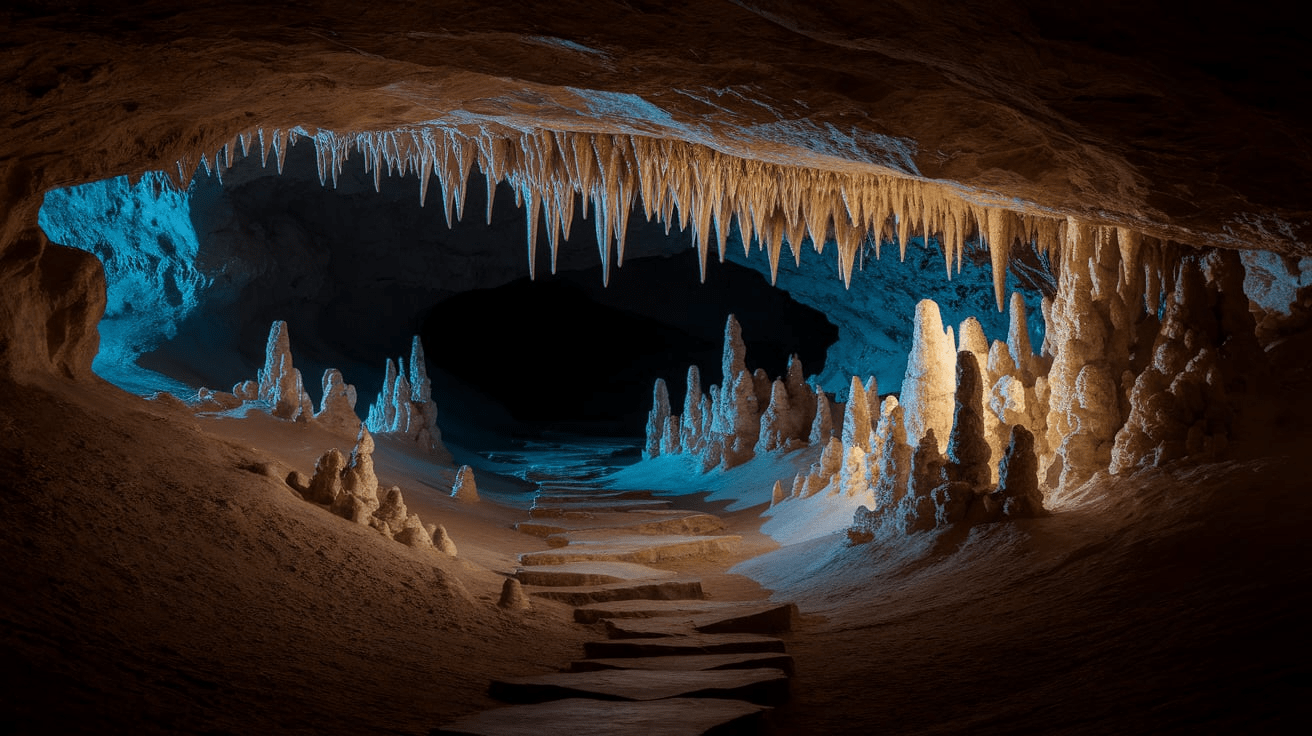
Probe natural underground wonders with a guided cave tour. Students can learn about geology, rock formations, and ecosystems that thrive in cave environments, making it a fun and educational experience.
This experience also provides the opportunity to understand the process of cave formation and the fragile balance of underground habitats.
- Cost per head: $15-$20
- Duration: 2 hours
8. Chocolate Factory Tour

A sweet and engaging experience awaits as students learn about the history of chocolate, the production process and even get a chance to sample the products.
It’s a delicious way to probe the world of food science and sustainability in the chocolate industry. Students will also see how ingredients come together to create their favorite treats.
- Cost per head: $10-$15
- Duration: 1–2 hours
9. Climbing Wall Experience
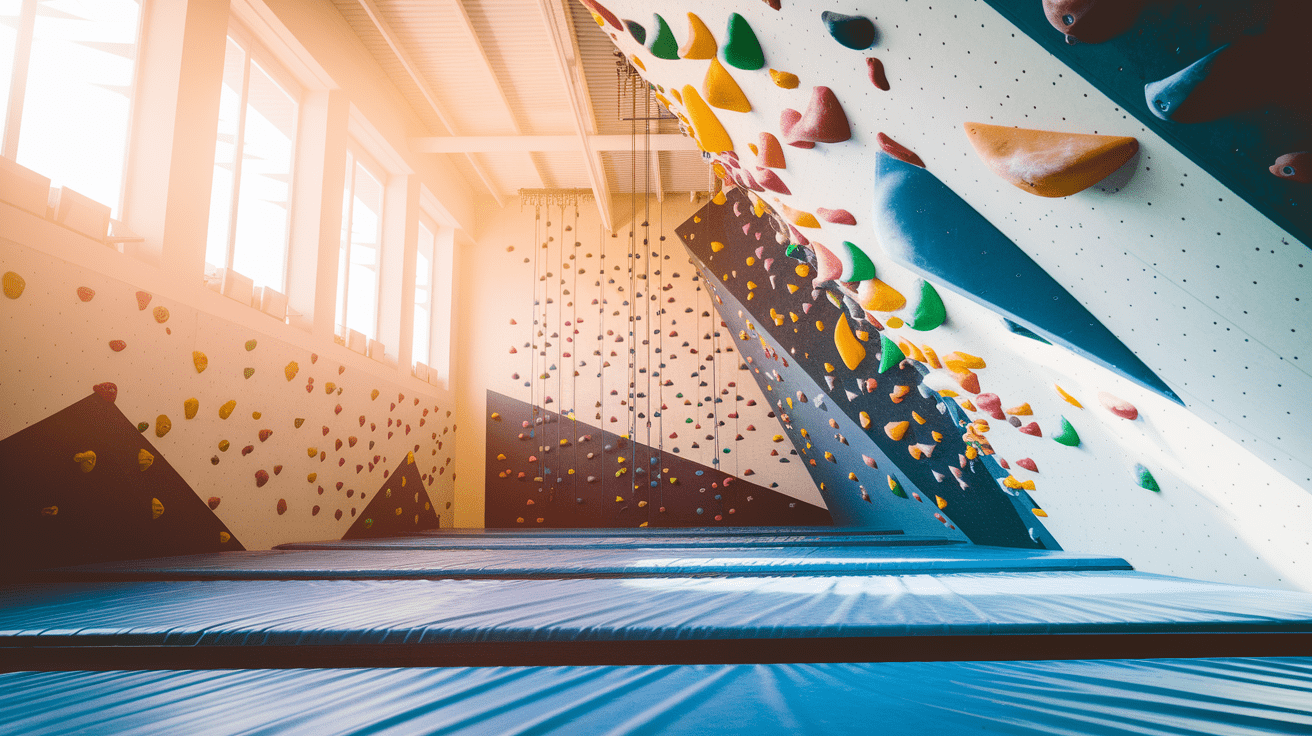
Climbing walls allows students to challenge themselves physically and mentally while learning about safety and teamwork.
It’s a fun way to build strength, confidence, and perseverance while participating in a group activity. The controlled environment ensures safety, making it accessible for beginners as well as experienced climbers.
- Cost per head: $20-$25
- Duration: 2 hours
10. Corn Maze Adventure

Students can test their problem-solving skills while navigating a corn maze. This fun and slightly challenging activity fosters teamwork and provides a sense of accomplishment when the maze is completed.
It’s also a great way to learn about agriculture and the harvest season in a hands-on, engaging environment.
- Cost per head: $8-$10
- Duration: 1–2 hours
11. Dinosaur Fossil Dig Site

Digging for dinosaur fossils is an exciting way for students to experience paleontology. With the guidance of experts, students can unearth real fossils and learn about the history of life on Earth.
This activity also teaches about scientific excavation techniques and the importance of preserving fossils for research and education.
- Cost per head: $25-$30
- Duration: 3 hours
12. Fire Station Visit
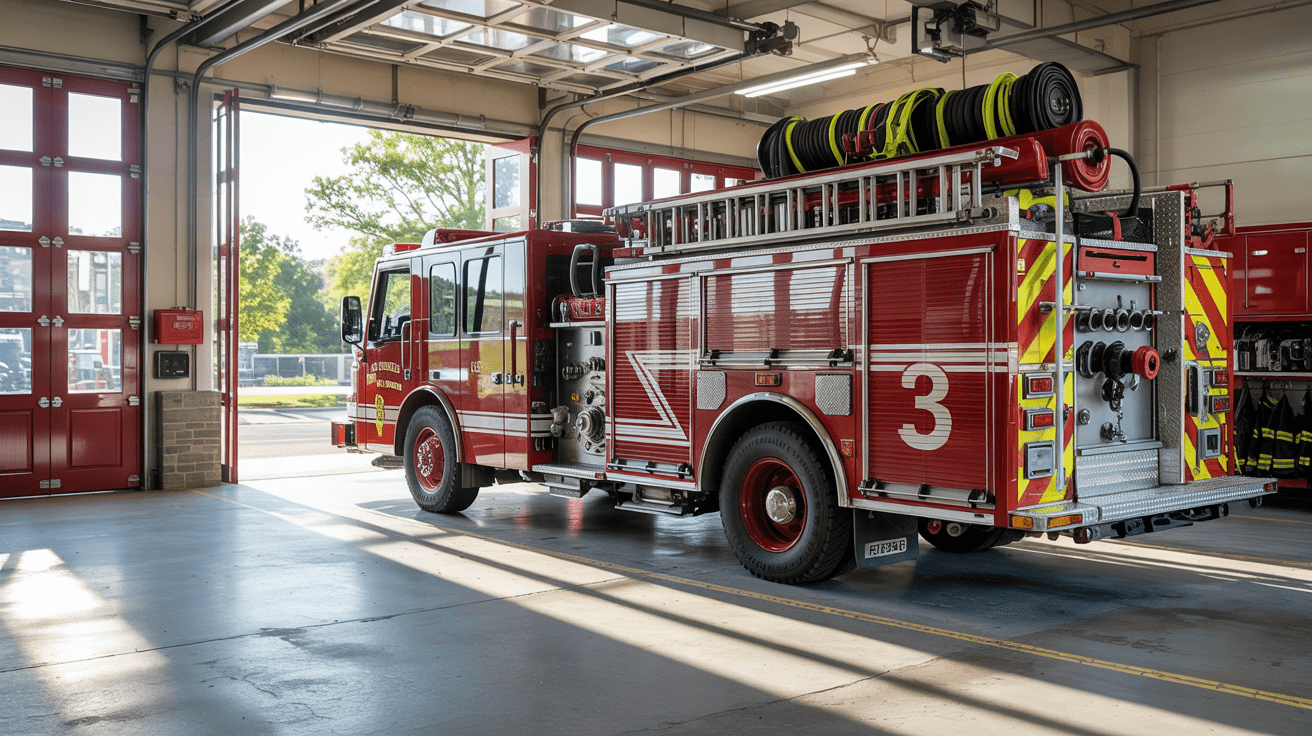
A trip to a local fire station offers students the chance to learn about fire safety, fire trucks, and the essential role firefighters play in the community.
Students can ask questions, see fire trucks up close, and participate in interactive demonstrations. It’s a hands-on experience that instills important safety knowledge and community awareness.
- Cost per head: $0-$2
- Duration: 1 hour
13. Fishing Trip

A relaxing and educational fishing trip provides students with the opportunity to learn about marine life, the environment, and the skill of fishing.
Students will also probe the concept of sustainable fishing practices and the importance of aquatic ecosystems. It’s a chance to enjoy nature while developing patience and perseverance.
- Cost per head: $15-$20
- Duration: 3–4 hours
14. Forest Hiking Expedition
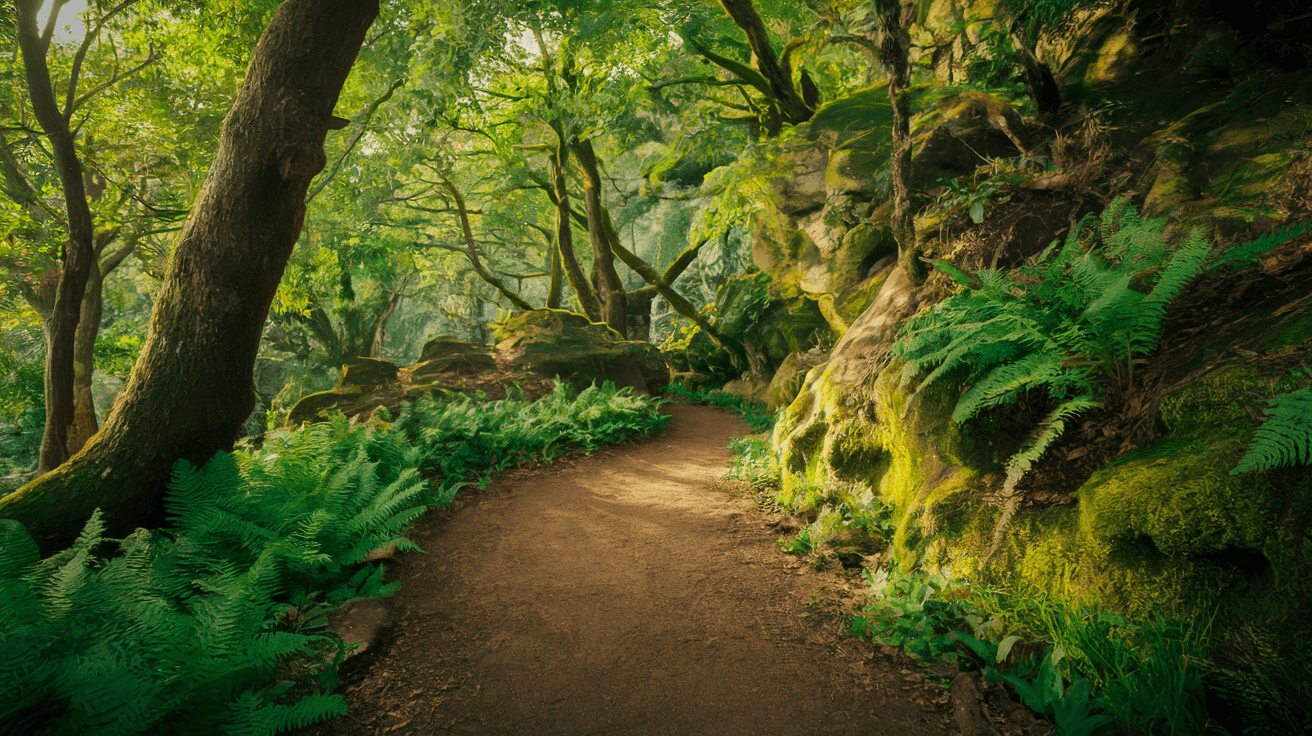
Venture on a scenic hike through a forest, where students can observe wildlife, learn about ecosystems, and understand the importance of forests in maintaining biodiversity.
It’s a great way to encourage physical activity while teaching students about nature conservation and environmental stewardship.
- Cost per head: $0-$3
- Duration: 2–3 hours
15. Fossil Museum Tour
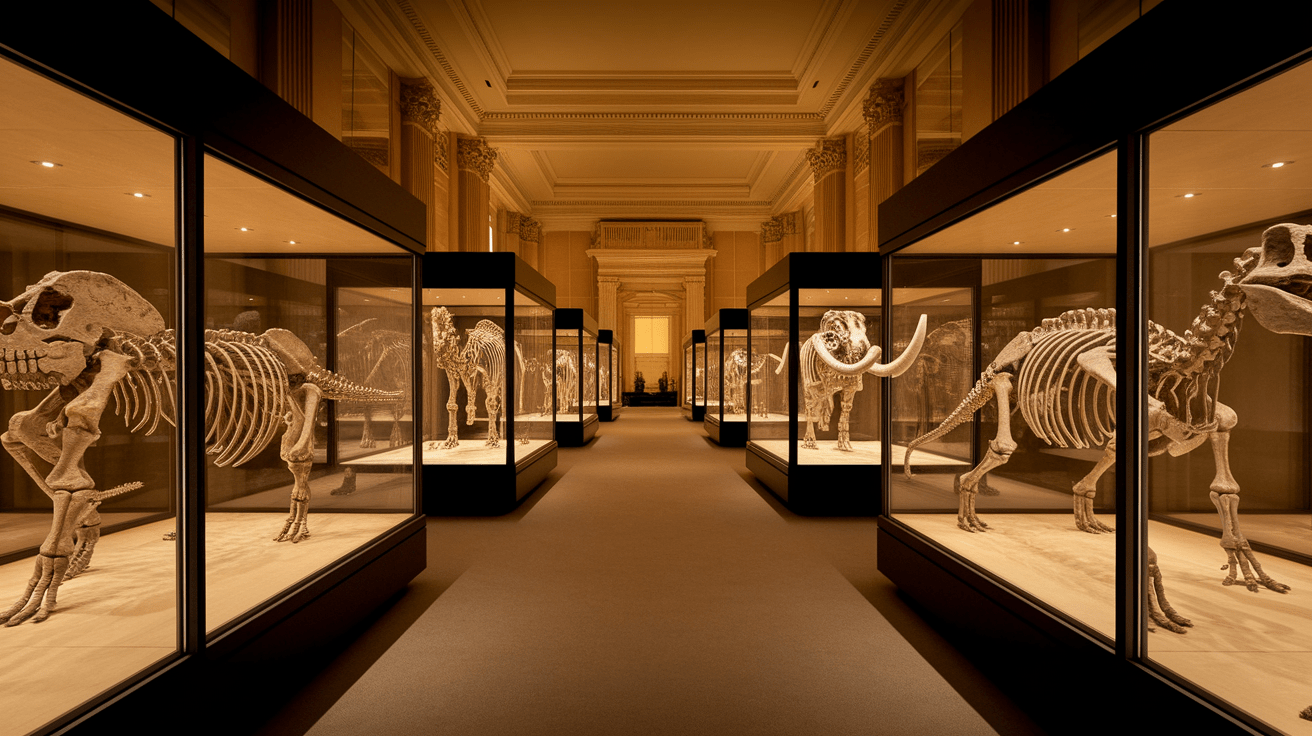
A museum visit focused on fossils allows students to learn about prehistoric life, geology, and the process of fossilization. It’s a great opportunity for hands-on learning in paleontology.
Students can also inspect how fossils help scientists understand the Earth’s history and the evolution of species.
- Cost per head: $12-$15
- Duration: 1–2 hours
16. Freshwater Aquarium Visit
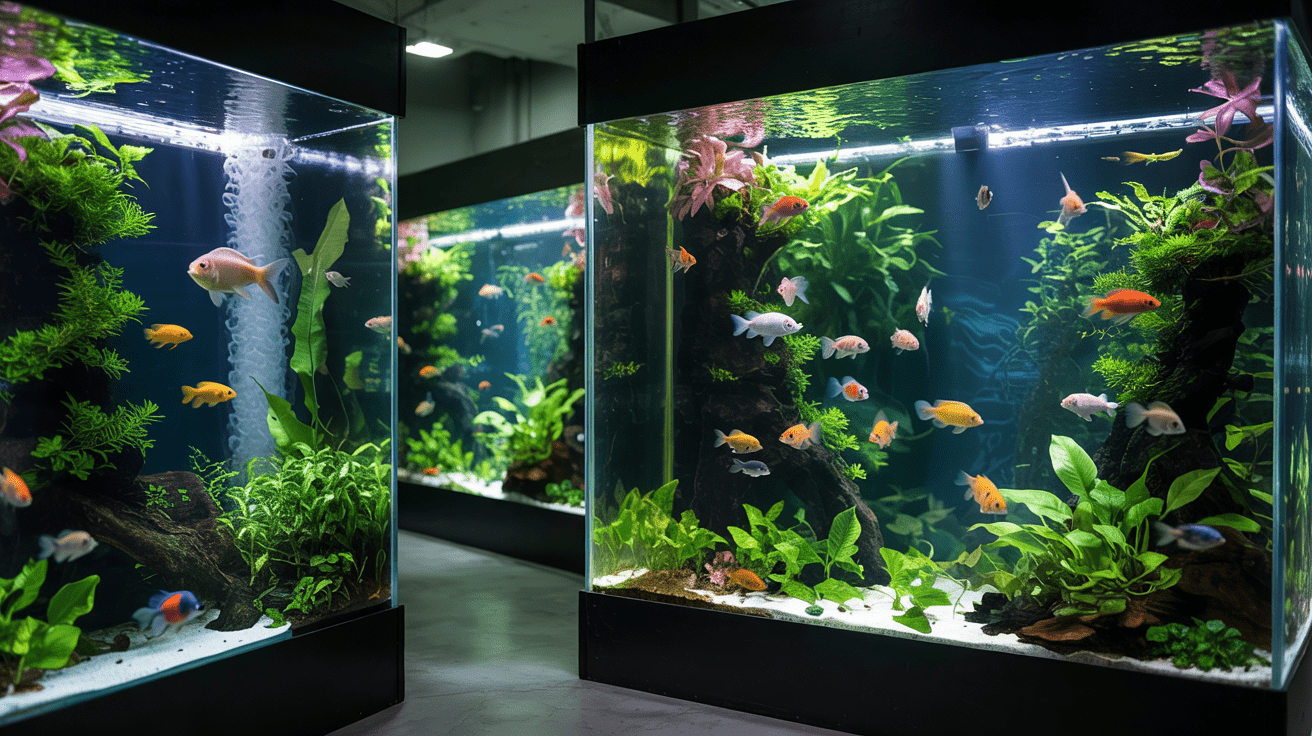
Inspect freshwater ecosystems and aquatic life at an aquarium. Students will gain insight into the diversity of freshwater species and learn about environmental conservation.
The trip provides a close-up look at the unique characteristics of freshwater habitats and how they support different species.
- Cost per head: $10-$12
- Duration: 1–2 hours
17. Geocaching Adventure

Geocaching is a fun and modern treasure hunt that involves using GPS devices to find hidden objects in nature.
Students will improve their navigation skills and enjoy the thrill of finding. It also teaches them about teamwork, problem-solving, and the benefits of outdoor exploration.
- Cost per head: $0-$5
- Duration: 2–3 hours
18. Ghost Town Exploration

Probe an abandoned town with historical significance. Students can learn about the town’s history, why it was abandoned, and experience what life was like in the past.
This field trip offers a unique perspective on history and allows students to imagine life in earlier times.
- Cost per head: $10-$15
- Duration: 2–3 hours
19. Glacier Hiking

A thrilling hiking experience on a glacier allows students to learn about ice formations, climate change, and glacial ecosystems while enjoying breathtaking views of ice-capped mountains.
This field trip offers both experience and education as students see firsthand the effects of climate change on natural landscapes.
- Cost per head: $50-$60
- Duration: 4–5 hours
20. Gold Mine Tour

Discover the history of gold mining and the process involved in extracting gold. Students can also try panning for gold and learn about mining’s impact on local economies.
This field trip provides a hands-on experience and valuable lessons on geology, economics, and history.
- Cost per head: $20-$25
- Duration: 2 hours
21. Historic Battlefield Tour
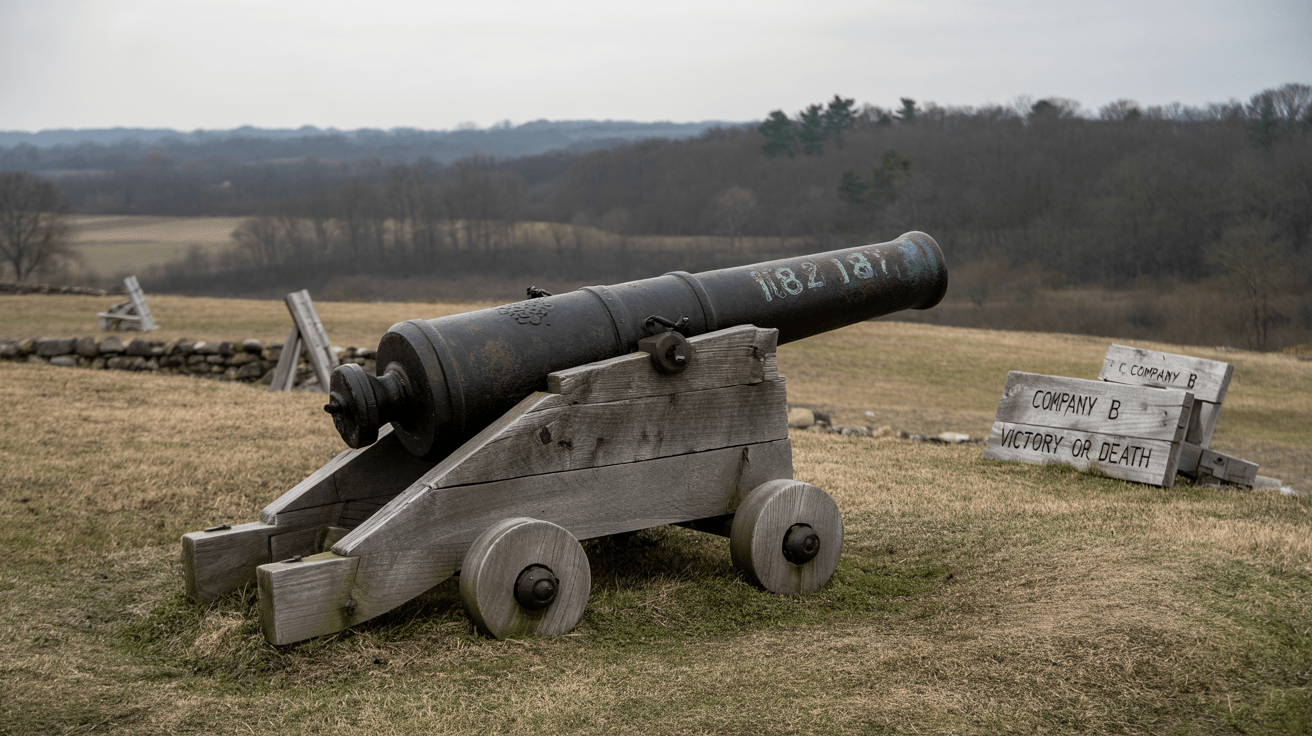
Students can visit a historic battlefield to learn about military history and the significance of past wars.
This immersive experience helps students understand the complexities of history, strategic warfare, and the personal stories that shaped major events. It also promotes discussion on peace, conflict resolution, and the consequences of war.
- Cost per head: $15-$20
- Duration: 2–3 hours
22. Historical Village Visit
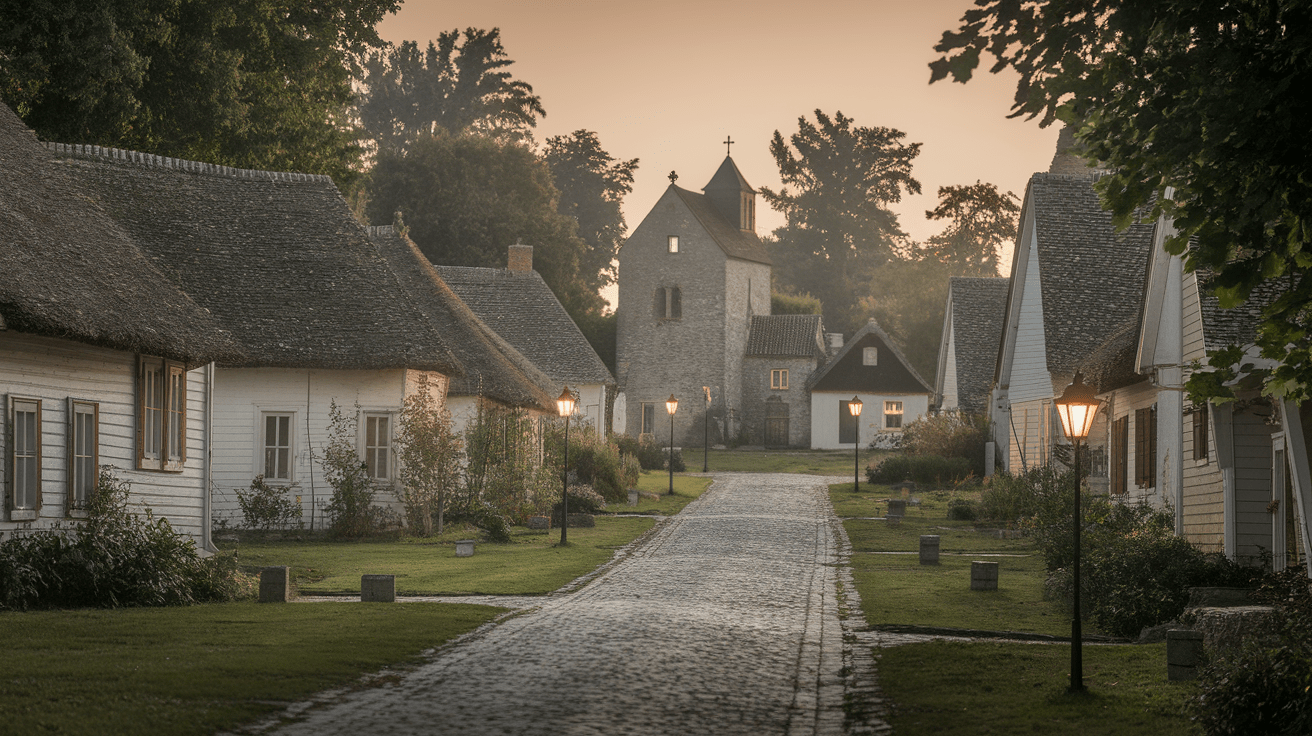
A trip to a historical village allows students to step back in time and probe how people lived in past centuries.
They can see historical buildings, learn about traditional craftsmanship, and understand the cultural context of different periods. It’s an engaging way to teach history through experience and observation.
- Cost per head: $10-$12
- Duration: 2 hours
23. Hot Air Balloon Ride

Take to the skies in a hot air balloon and experience stunning aerial views. This experience lets students learn about ballooning history, aerodynamics, and the technology behind hot air balloons.
Students will also gain a new perspective on geography and the natural world.
- Cost per head: $150-$175
- Duration: 1 hour
24. Ice Skating at an Outdoor Rink

Outdoor ice skating is a fun and active field trip option. Students can enjoy the winter weather and learn new skills while engaging in a classic seasonal activity.
It’s a great opportunity to teach balance, coordination, and the importance of outdoor play during colder months.
- Cost per head: $12-$17
- Duration: 1–2 hours
25. Indoor Skydiving Adventure

Indoor skydiving offers the thrill of skydiving without having to jump from an airplane. With the help of trained instructors, students can experience the sensation of freefall in a safe, controlled environment.
It’s an adrenaline-pumping activity that teaches students about physics, aerodynamics, and overcoming fear.
- Cost per head: $40-$50
- Duration: 1 hour
26. Interactive Science Museum

An interactive science museum lets students engage with hands-on exhibits and learn about physics, chemistry, biology, and other scientific fields in a fun and engaging way.
It’s a great opportunity to make science more relatable and exciting as students participate in experiments and learn scientific principles through experience.
- Cost per head: $15-$18
- Duration: 2–3 hours
27. Kayaking Excursion
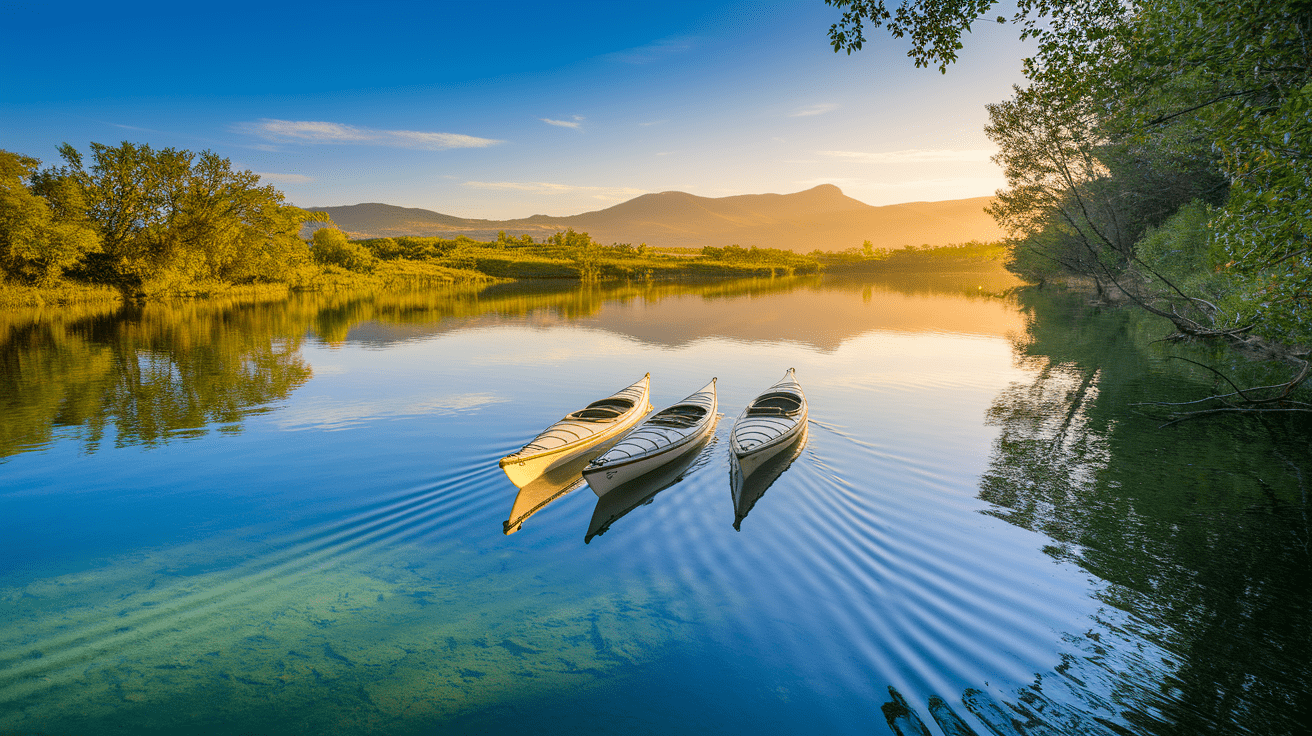
Kayaking allows students to probe rivers, lakes, or coastal areas while learning about water safety, navigation, and the environment.
It’s a fun and physically engaging activity that provides a hands-on lesson in water-based exploration, environmental awareness, and teamwork.
- Cost per head: $20-$30
- Duration: 2–3 hours
28. Kite Flying Day at the Park

A relaxing day at the park with kite flying allows students to enjoy outdoor fun while learning about wind patterns, aerodynamics, and teamwork.
It’s a simple yet enjoyable activity that combines physical activity with learning about the principles of flight and weather.
- Cost per head: $0-$5
- Duration: 1–2 hours
29. Lantern Festival Visit

Attend a lantern festival to experience vibrant lights, cultural performances, and traditional food. It’s an exquisite way to learn about global traditions, festivals, and the cultural significance of lanterns in various parts of the world.
Students can also participate in making their lanterns and learn about the symbolism behind them.
- Cost per head: $10-$15
- Duration: 2 hours
Additional Field Trip Ideas
30. Laser Tag Adventure
31. Lighthouse Tour
32. Living History Museum Visit
33. Mad Scientist Lab Visit
34. Mammoth Site Tour
35. Mining Park Visit
36. Mountain Biking Adventure
37. National Park Discovery
38. Ocean Kayaking Tour
39. Outdoor Sculpture Garden Walk
40. Paintball Experience
41. Parkour Lesson
42. Petting Zoo Visit
43. Photography Expedition
44. Pirate Ship Adventure
45. Playground Design Workshop
46. Rock Climbing Adventure
47. Rodeo Event Attendance
48. Scavenger Hunt in a Historical District
49. Science Observatory Visit
50. Skydive Simulation Experience
51. Skydiving Adventure
52. Snowshoeing in a Winter Wonderland
53. Solar Farm Tour
54. Space Camp Visit
55. Sports Game Day Outing
56. Street Art Walking Tour
57. Sugarhouse Tour
58. Surfing Lesson
59. Team Building Obstacle Course
60. Theme Park Visit
61. Train Ride to a Scenic Location
62. Treehouse Stay or Tour
63. Underground Railroad Tour
64. Urban Exploration of Abandoned Buildings
65. Wildlife Reserve Walk
66. Zip Line Adventure
67. Zoo Safari Adventure
Conclusion
The value of well-planned field trips extends far beyond a day away from school. These educational excursions create powerful sensory experiences that enhance retention, deepen understanding, and spark intellectual curiosity.
By immersing students in new environments, we provide them contextual learning that bridges theory and practice while accommodating diverse learning styles.
The memories formed during these shared experiences often become touchstones that students reference throughout their academic careers.
As you select from these varied options, consider your specific learning objectives, student interests, and practical constraints to design outings that maximize educational impact while ensuring safety and inclusivity.
With thoughtful preparation, clear expectations, and targeted follow-up activities, field trips become not merely enjoyable breaks from routine but essential, enhancing components of a comprehensive educational approach.




